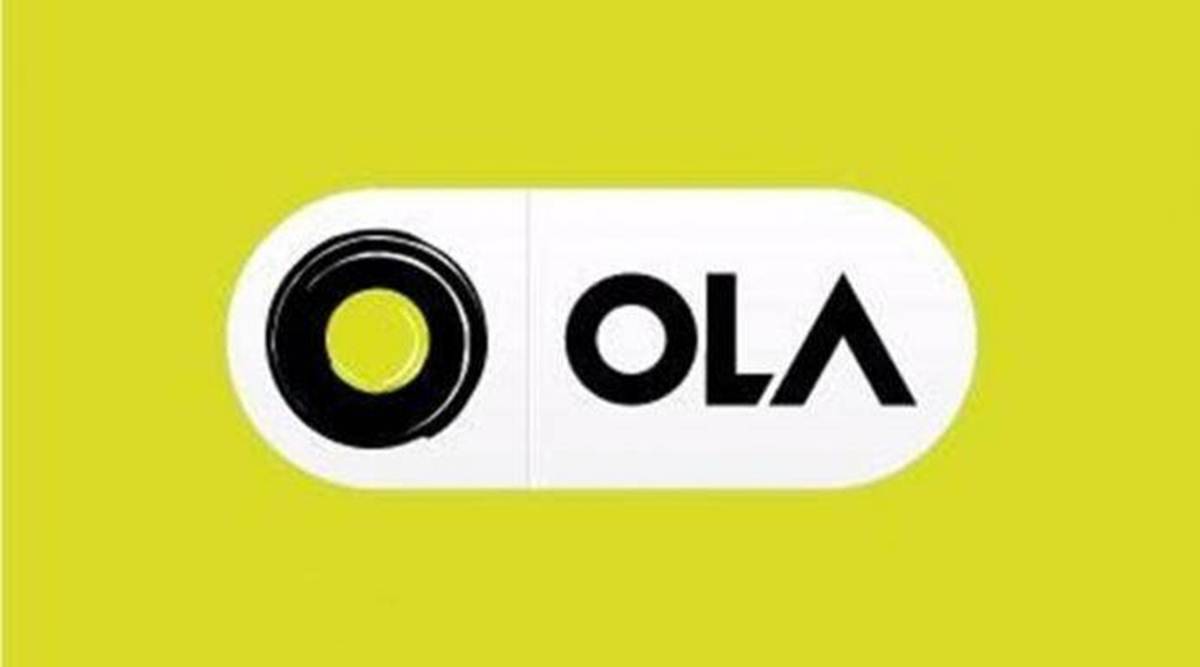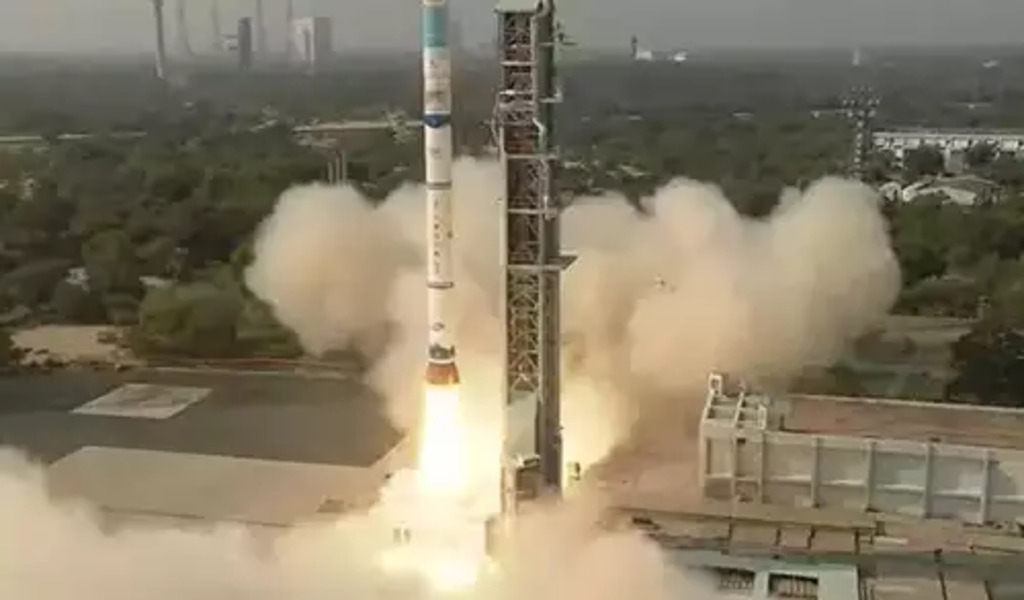A day on our planet is now officially "shorter"
The International Earth Rotation and Reference Systems Service (IERS) which officially measures the length of a day has just proclaimed that an average day in 2021 will be 0.05 milliseconds shorter than 86,400 seconds. Over the entire year, atomic clocks, which have been keeping precise records of day length since the 1960s will have accumulated a lag of about 19 milliseconds.
A report in the website Live Science stated that ""The 28 fastest days on record (since 1960) all occurred in 2020, with Earth completing its revolutions around its axis milliseconds quicker than average."
According to the data gathered by the atomic clocks all across the globe Earth has taken slightly less than 24 hours (86,400 seconds) to complete one rotation for the past 50 years.
According to the Daily Mail report, Earth recorded the shortest day on (since the inception of record keeping) July 19, 2020, when the day was 1.4602 milliseconds shorter than 24 hours.
Before 2020, Earth had recorded its shortest day in the year 2005.

To measure the actual legth of the day, scientists measure the exact movement of the stars passing the skies then collaborate that data with around 200 atomic clocks placed around the laboratories around the world (known as the International Atomic Time, TAI). The length of a day is revealed by the deviation of Universal Time from TAI over 24 hours.

The way to counter this is the inclusion of a "negative leap second". Leap seconds refer to adjustment of time, similar to leap years. A total of 27 negative leap seconds have been added since the 1970's. This has been done to counter the fact that the Earth takes slightly more than 24 hours to complete a rotation.
According to the official reports by NASA: "Although it takes Earth 23 hours and 56 minutes and 4.09 seconds to spin 360 degrees on its axis, the Earth is also in motion with respect to the Sun. If we demand that the Sun reach the same (longitudinal) point in the sky from one day to the next, we need to account for the Earth's motion as well". Owing to its revolution around the Sun, the Earth must rotate approximately 361° to mark a solar day and not just 360. Moreover, the Earth's orbital speed isn't uniform: it's faster near perihelion (early January) and slower near aphelion (early July). That is the reason why, the change in the legth of days occurs around this period. Only four times annually, latitude-dependent, are days actually exactly 24 hours.

Pros & Cons:
⦁ Leap Seconds are useful in making astronomical observations
⦁ However, hassle can arise for some data logging applications and telecommunication services
The proclamation does not come as an ultimate surprise but increases our curiosity over the issue and breaks decades old perception of a day on Earth being 24 hrs. To break your normal routine and keep yourself updated with the latest happenings on digital media platforms, visit checkbrand.online
CATEGORIES
- Digital Marketing
- Marketing
- Entertainment
- Medical
- Science and Technology
- Politics
- Sports
- Environment
- Campaign
- Interview
- Viral
- What's Trending
- Trending News
- Viral Videos
- Youtube Trends
- Social Media Ranking
- Twitter Trends
- Google Trends
- Top Politicians
- Top Cricketers
- Top Influencers
- Best Campaigns
- Google News
- News
-
 Oct 11, 2020
Oct 11, 2020SEO Content Writing Vs. SEO Copywriting:...
-
 Dec 15, 2020
Dec 15, 2020#Karnatakaiphoneplantagitation: Workers...
-
 Dec 15, 2020
Dec 15, 2020#OLA Invests ₹2400 Crores For Our Futur...
-
 Dec 15, 2020
Dec 15, 2020#Snapchat Launches Astrology Profile
-
 Dec 15, 2020
Dec 15, 2020Know Why #BOYCOTTJIOSIM Is Trending On S...
-
 Aug 01, 2023
Aug 01, 2023India's Chandrayaan-3 On Track For Lunar...
-
 May 17, 2023
May 17, 2023Zara Hatke Zara Bachke Trailer Review(Ra...
-
 Aug 04, 2022
Aug 04, 2022'Har Ghar Tiranga' Campaign Created Stor...
-
 Dec 16, 2020
Dec 16, 2020#Skillhaitohfuturehai: Mahindra's Flagsh...
-
 Dec 15, 2020
Dec 15, 2020#OLA Invests ₹2400 Crores For Our Futur...
HIGHLIGHTS
- Realme Pad Specifications Teased, Will C...
- MARKETS: Sensex Down 300 Pts, At Days Lo...
- Afghanistan Crisis Live Updates: NIA Chi...
- Women Will Be Admitted To NDA, "Historic...
- Taliban's New Education Minister Says Ph...
- India's T20 World Cup Selection Question...
- New JioFiber Quarterly Broadband Plans I...
- Explained: How Your Cat Got Its Stripes...
- Who Is Aesha Mukherji? All You Need To K...
- Long Live Test Cricket While We've Virat...











